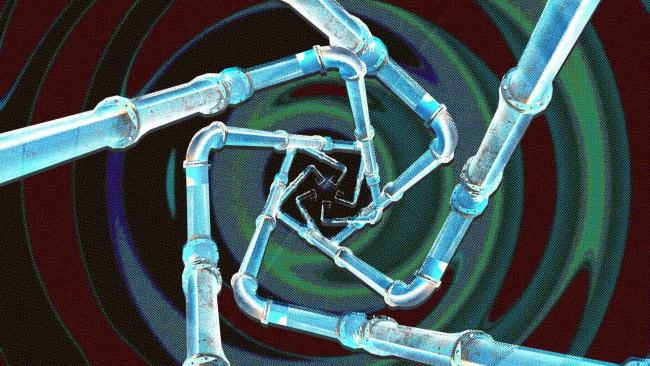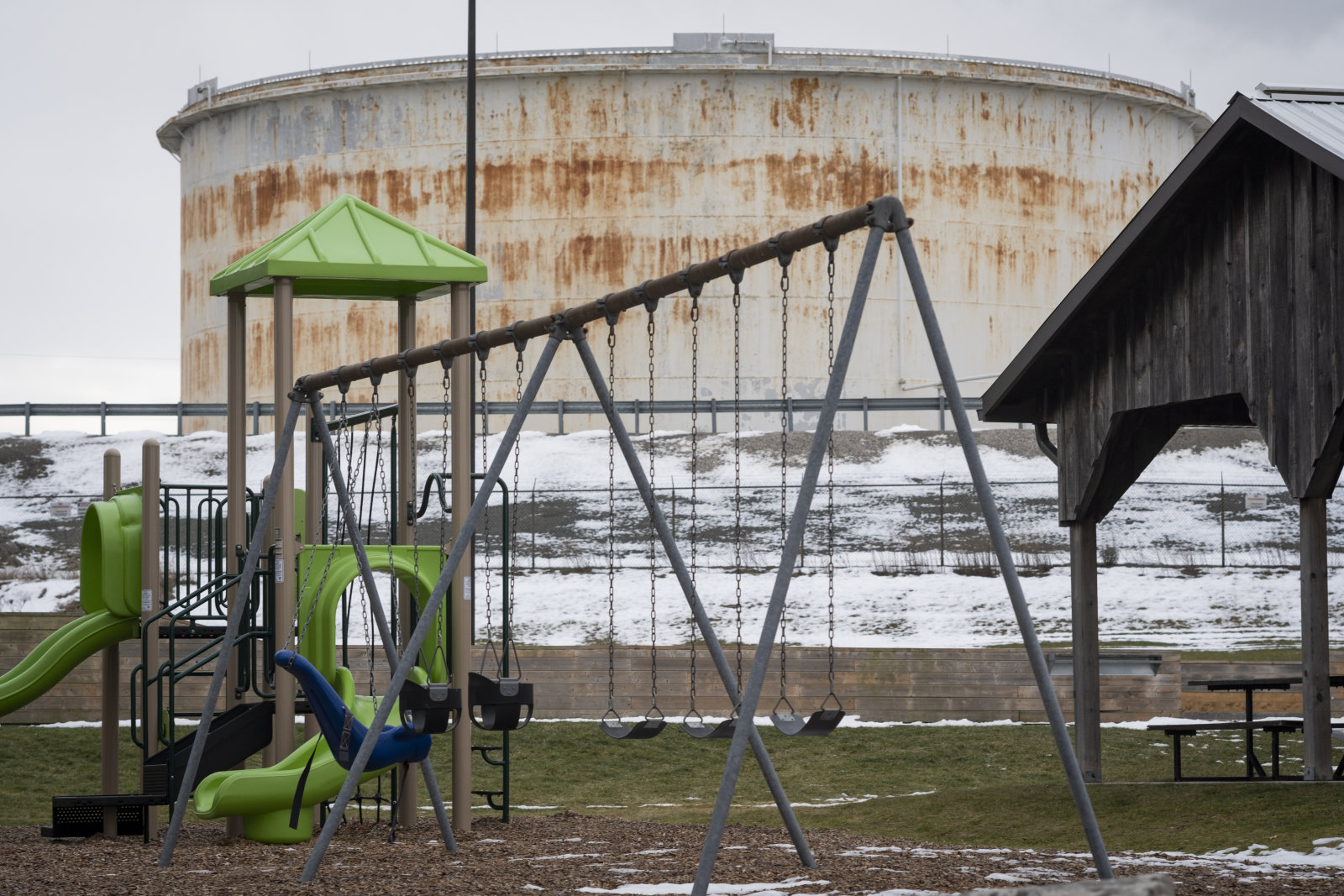Articles Menu

Feb. 22, 2023
Fossil fuel giant Enbridge faces the risk of a “death spiral” as the energy transition to renewables unfolds, according to evidence the company filed with the Ontario regulator. A death spiral could occur when customers, fed up with the increasing costs of gas, switch to cleaner and cheaper sources of energy.
The evidence discussing the possibility of a death spiral is part of Enbridge’s 7,000-plus page application now in front of the Ontario Energy Board. Enbridge is asking the regulator for a customer rate hike to pay for a $16-billion expansion and replacement of its gas infrastructure. The risk of a so-called death spiral is referenced repeatedly in a report Enbridge commissioned from consulting firm Concentric Energy Advisors.
“As customers switch to electric heat pumps to save on energy, there's less and less people to pay for pipelines, and so rates need to go up,” said Kent Elson, a lawyer representing the non-profit Environmental Defence that is intervening in Enbridge's application. “And that causes more people to switch to electric heat pumps to save money, which means there's even less people to pay for the pipelines, and the rates need to go up even further.”
That creates a negative feedback loop, where customers ditch the gas network in favour of cheaper alternatives, which undermines the business case for expanding gas infrastructure in the first place, he explained.
“The real risk is to the most vulnerable customers because they would be the ones left holding the bag as rates go up and up and up,” Elson said. It is harder for lower-income people, renters, and others to ditch gas due to the upfront transition costs.
When asked about the risk of a death spiral and what it was doing to mitigate those risks, Enbridge spokesperson Andrea Stass told Canada’s National Observer that because the application is now with the regulator, “we believe it is not appropriate for us to discuss questions on specific elements of the application outside of that process.”
But Stass said “the need for climate change mitigation has become increasingly obvious,” and pointed to a June 2022 study Enbridge commissioned from Chicago-headquartered consulting firm Guidehouse that looked at using Enbridge’s pipeline system to deliver renewable natural gas, hydrogen, and other fuels.
Concentric Energy Advisors does not predict when there will be a death spiral, and says it expects Enbridge would work to avoid one. But it states a death spiral scenario could be sparked if a “meaningful portion” of Enbridge’s customers transitioned off gas.

Concentric Energy Advisors explains in its report that the risk to natural gas companies like Enbridge posed by the transition to renewable energy has “fundamentally changed” over the past five years. The report references federal policies like Canada’s pledge to cut greenhouse gas emissions 40 to 45 per cent from 2005 levels by 2030 and the Canadian Net-Zero Emissions Accountability Act that puts into law intermediary emission reduction goals. It goes on to say that as the carbon tax escalates to $170 per tonne by 2030, the price advantage of natural gas compared to electricity will continue to erode.
“The real risk is to the most vulnerable customers because they would be the ones left holding the bag as rates go up and up and up." #onpoli #enbridge - Twitter
The report notes 48 municipalities in Ontario — from Aurora to Woolwich, and including cities like Toronto, Ottawa and Hamilton — have declared climate emergencies. There are also 21 communities in Ontario urging the Ontario government to phase out gas-fired electricity generation.
Other business considerations come into view as the energy transition challenges the wisdom of new fossil fuel infrastructure. The report points to lower average gas use per residential customer, declining rates of new customers, weaker economic growth outlooks, and the Ontario regulator encouraging more competition.
“We conclude that the risk of a ‘death spiral’ is higher today than it was in 2012,” the report says.
The study was filed as evidence by Enbridge as part of its rate hike application to support its gas expansion plans. The increase, expected to range between $28 and $193 more annually per customer, depending on the region of the province, is to help compensate Enbridge for taking on more risk, Elson explained.
“Enbridge is proposing ways to mitigate its own risk while opposing ways to mitigate risks for customers,” Elson said. He called it “hypocritical” because in other parts of Enbridge’s application, it’s arguing the risk isn’t enough for the regulator to protect customers.
The regulator isn’t expected to make a decision on Enbridge’s application until November, but Elson said he plans to argue over the coming year that a separate fund should be set up to pay for pipeline decommissioning costs. It’s “not cheap,” he said, “and we really need to be setting aside money now in that kind of protected fund to make sure we don't come up short when those pipelines, and if those pipelines, are no longer needed.”
[Top image: Illustration by Ata Ojani]